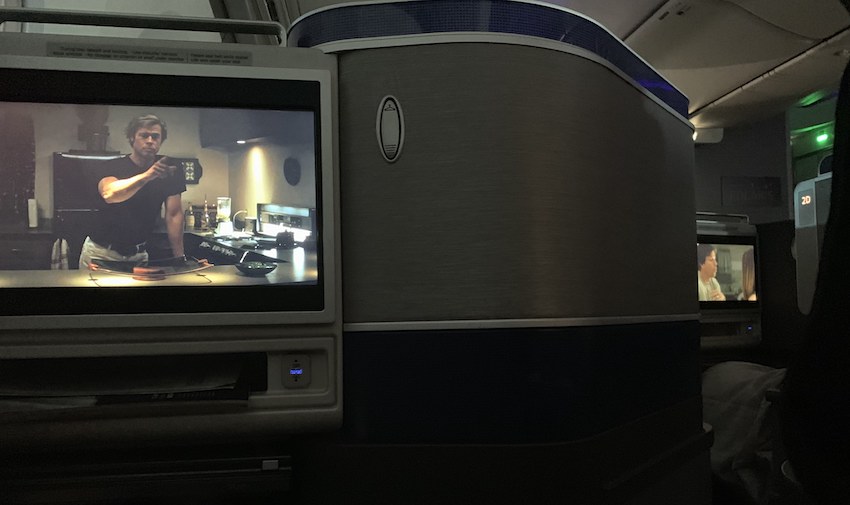Without going into a full dissection of the “OK, Boomer” meme – which may very well be dated by the time I publish this – I’ll suffice to say it neatly sums up as a terse response to anyone who refuses to evolve their worldview. And, admittedly, it’s the first thing that came to mind when I read this recent Vanity Fair article that quotes movie director Martin Scorcese as saying he doesn’t want you watching any of his movies – or most any movies, really – on your phone:
“I would suggest, if you ever want to see one of my pictures—or most films—please, please don’t look at it on a phone, please,” Scorsese told the film critic on his YouTube show, Popcorn With Peter Travers. However, he quipped, he will make an exception for the following: “A big iPad, maybe.”
That said, his most recent movie, The Irishman, scarcely saw a theater release so that it could be made available on Netflix as quickly as possible. And ComScore reports half of millennials (and almost a third of those older than that) watch Netflix on their mobile devices. We didn’t check the stats on how many of those own big iPads.
Director Quentin Tarantino is quoted in that article as well as being distinctly anti-mobile. Don’t tell him I watched Once Upon a Time In Hollywood on a recent flight on a screen that approximates the size of a big iPad:

Is Brad Pitt scolding me for my use of the small screen? I mean, United Airlines got the license to show the movie so it can’t be that big a deal. I also watched Detective Pikachu, but Pikachu a) is small so he should theoretically translate better to smaller screens and b) sounds cute even when he’s angry so I’d never know.
All in all, though, it begs the question – does anyone get to dictate an experience any more? More often than not, those who still try to do so are artists – like Scorcese, or musicians like Jack White, Kendrick Lamar and many others who are attempting to limit fans’ use of smartphones to record/film concerts.
So – are the fans sharing live concerts on social media or watching movies on their phone right or wrong? We are all well aware that when we watch a snippet of concert footage our friends shared on Instagram or watch a movie on our phone, the level of detail isn’t there. But it is an experience, even if not the full experience. It’s the experience we – and the artist, who can’t be expected to be everywhere at once without the assistance of technology – have the time and resources for. Imagine the Louvre declaring that the only acceptable way to view the Mona Lisa is in person, or if Buzz Aldrin said don’t bother looking at pictures of the Moon because it’s not the same as walking around there. Oh, you can’t? Too bad.
Perhaps Jack White and Martin Scorcese don’t have to care. They could sell out arenas or theaters regardless of restrictions. And perhaps this is a temporary problem that virtual reality will fix eventually by blurring the line between physical and digital. But in the interim, it requires a balance for everyone to deliver the optimum experience that respects consumer preferences and resources. Retailers, with a long history of understanding that “the customer is always right,” have eagerly pivoted to online offerings, lighter-weight mobile-friendly websites, apps and social media that customers demanded, while enhancing and personalizing their in-store experiences and making the whole thing seamless, at that. Not an easy task. But we’ve seen many retailers design experiences that scale. It can be done.
It remains to be seen if artists are taking their last stand against scaling their art to contemporary tech. Even Scorcese acknowledged in the Vanity Fair interview that films will, eventually, be made for phones (and, yes, they are already being made on phones). Things change, and more often than not, it’s new technology and consumer preferences that change them.